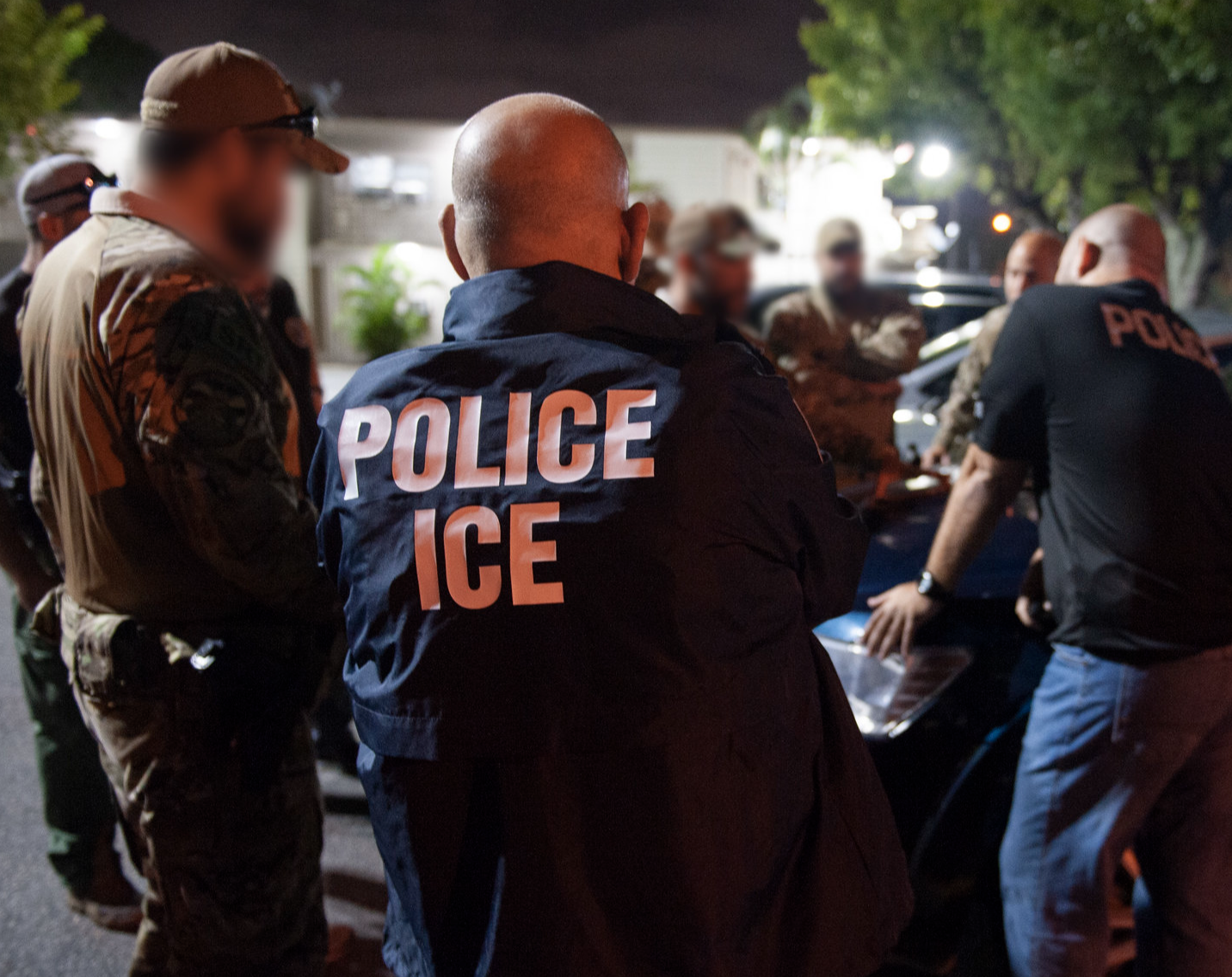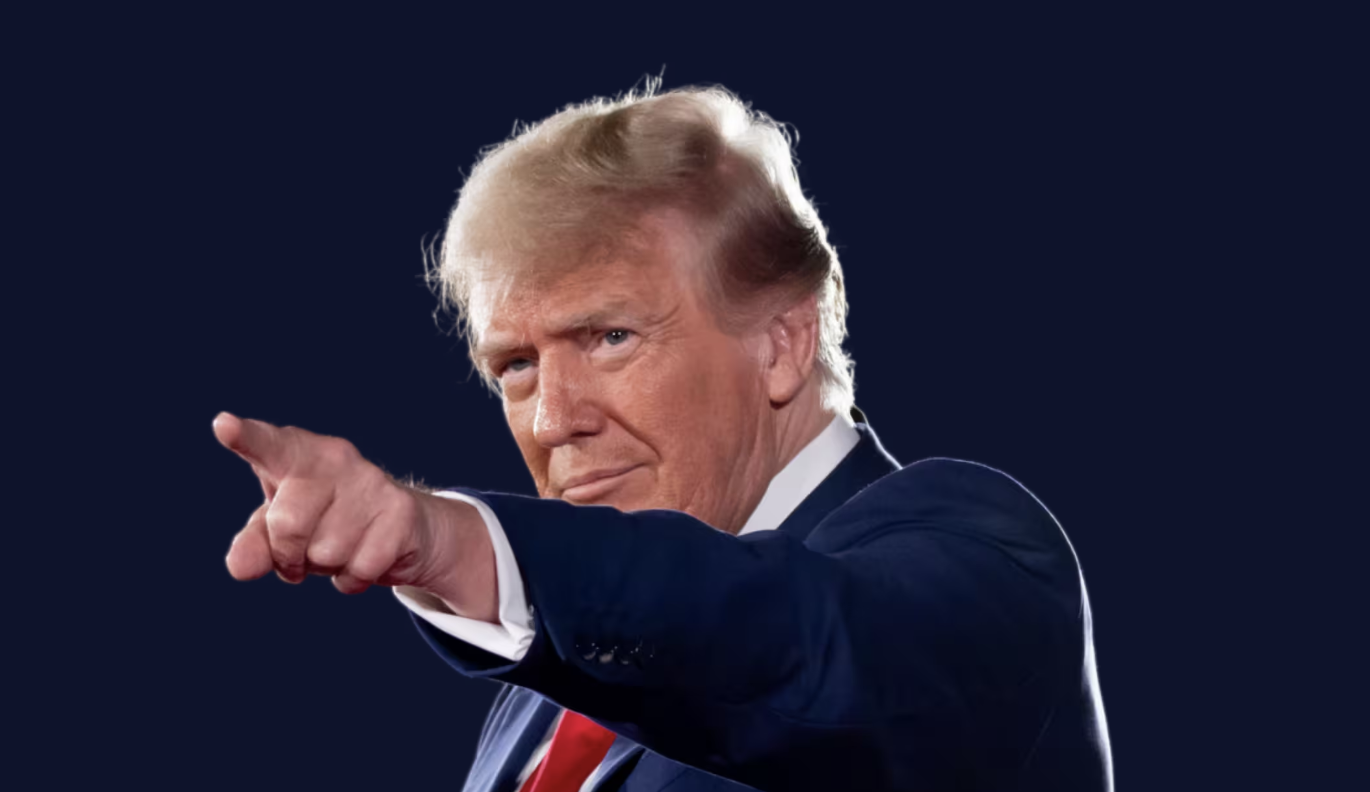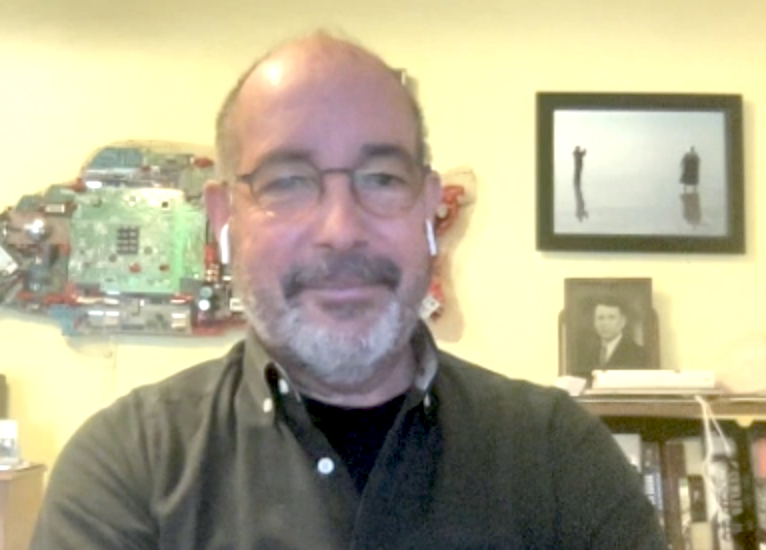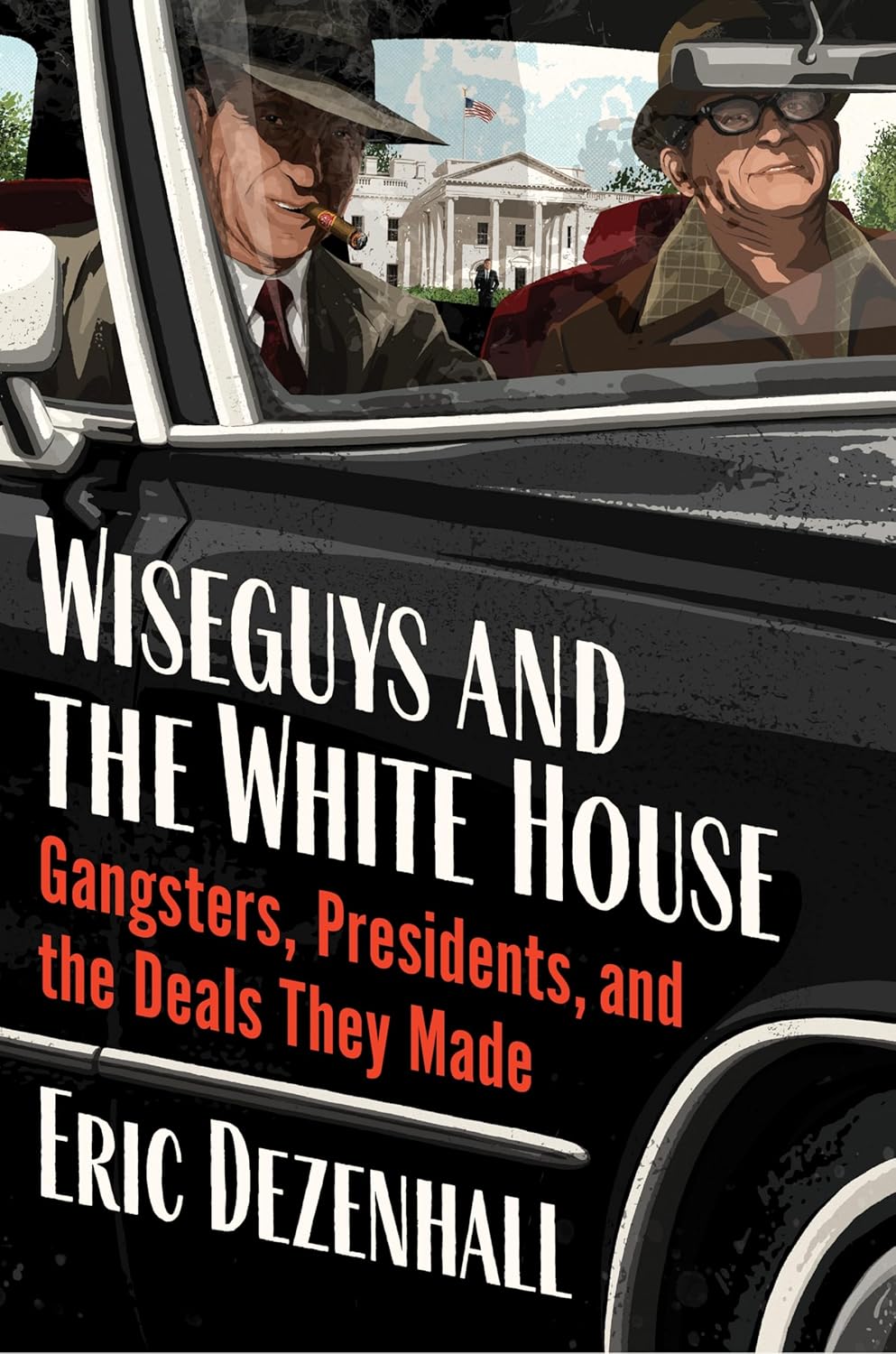
By Tomás Dinges
ticklethewire.com
WASHINGTON — In the past couple months, from Idaho to Maryland, there were at least eight reports of swastikas or racist language scrawled on Barack Obama presidential signs.
In Oregon, on Sept. 23, at a Christian university, four students hung a life-sized cardboard cutout of Obama from a tree on campus.
And on Oct. 27 in Tennessee a criminal complaint was unsealed charging two young men with a plot – albeit a far-fetched, improbable one — to assassinate Obama and kill other blacks. On Nov. 5, a grand jury took the next step and indicted them.
This wasn’t a normal election season.
Federal law enforcement knows it.
In fact, several days before the election, James Cavanaugh, special agent in charge of the Alcohol, Tobacco, Firearms and Explosives for Eastern Tennessee and Alabama, who was involved in the investigation into the Obama assassination plot, said: “We are paying attention because it could be the first black president and it’s historic.
The day after the election, he echoed similar sentiments: “This is a large change for the country in a positive way, but it requires law enforcement to pay attention to what’s going on. We’ve got to keep our ear to the ground.”
Ed Donovan, a U.S. Secret Service spokesman won’t go into much detail about specific threats or what’s being done to prevent them and protect Sen. Obama. His words are similar to those of ATF.
“We’re aware of the historical significance of his candidacy,” and the agency “takes any threats on our protectees very seriously, and investigates any credible threats reported to us.”
The Associated Press, quoting unnamed officials, reported Nov. 14 “that since the Nov. 4 election, law enforcement officials have seen more potentially threatening writings, Internet postings and other activity directed at Obama than has been seen with any past president-elect.”
During the course of the campaign, threats popped up everywhere.
In the final stretch, with increasing intensity, Acorn, which found itself immersed in a controversy over fraudulent voter registration signatures, received hundreds of hateful messages and anonymous calls, many of which included racial slurs and threats of violence against Obama.
Acorn spokesman Charles Jackson, who said the Justice Department was notified, remarked shortly before the election: “It’s pretty scary sometimes.”
Common sense tells us that the scariness isn’t likely to vanish anytime soon as President-elect Barack Obama prepares to become the 44th president of the United States.
Obama received his Secret Service protection on May 3rd of this year, the earliest of any presidential candidate in history. Not until the assassination of Robert Kennedy did the Secret Service even provide protection for candidates.
In many ways, Obama’s presence on the national stage has put some oomph into a hate-based movement that seemed somewhat lethargic. The signs of intensified interest were everywhere from the Internet to peoples’ driveways.
In October KKK pamphlets were wrapped into the Ada Evening News in Missouri. In late September, neatly packaged fliers left on driveways in New Jersey greeted residents asking:
“Why should we seal our fate by allowing a Black ruler to destroy us?” It linked nations run by Black presidents to instability and violence. A New Jersey white supremacist group formed in March, was the source of the materials, according to local news reports.
Rhetoric on hate group and white supremacist websites has experienced an upsurge, according to a Sept. 23 report by the Anti-Defamation League, a group which uses investigative researchers to track hate group activity throughout the country.
Page views have hit records on websites like Stormfront.org, a discussion site run by a former national grand wizard of the Klu Klux Klan based in West Palm Beach, Fla. Web site visits to Stormfront spiked radically with Obama’s June 3rd primary win, according to the web information company Alexa.com.
“Whites felt they would not see a day when an African-American would have a real chance to become president.” said Marilyn Mayo, the co-director of the Anti-Defamation League’s Center on Extremism. “This is driving a lot of angry sentiments communicated in web site discussion groups.”
As interest grows, some groups have tried to moderate their online message to attract a wider audience by doing away with traditional white supremacist symbols and inflammatory words like “nigger”, the swastika, and the 88 number, the latter being a reference to Hitler, according to Mark Potok, director of Intelligence at the Southern Poverty Law Center.
But some are doing it the old fashion way.
More violent posts on racist blogs and online discussion forums like Stormfront have openly called for the assassination of Sen. Obama. One poster, named Mr.Widowmaker said, “I also think that if Obongo is elected he’ll be taken out by one of the true patriots in our country.”
Other hate-mongering warns of Sen. Obama’s, “agenda to destroy the White race” while others associate him with Black radicals, Communists and Jews.
Also in September, white supremacist magazine known for its provocative content, was titled “Kill this N—er?.” It featured Sen. Obama pictured through a rifle scope with a swastika surrounding it. The subtitle was “Negro Deification and the “Obama Assassination” Myth”.
Law enforcement officials and others who track the movement generally feel that a threat on the Obama’s life or any other candidate or institution is more likely to come from a “lone wolf” than an organization.
That may be the case with the two men, Daniel Cowart, 20, and Paul Schlesselman, 18, who were charged in Tennessee in the suspected plot to kill Obama.
The Southern Poverty Law Center noted on its website that Cowart was a member of the Supreme White Alliance (SWA). It took note that the organization was denying it in a message on its website.
On its site, the SWA wrote: “The Southern Poverty Law Center has lied yet again stating on their website that the two young men arrested yesterday on charges accusing them of plotting to assassinate the presidential candidate Barack Oboma and go on some sort of killing spree are tied to the SWA. One of the young men was in fact a probate earlier this year but was ousted by the SWA before the SWA held an actual presidential election. Since this time none of the SWA members have had any contact with the accused. So before you get your story wrong, (SPLC) get the facts.”
The white supremacist movement experienced a splintering after the deaths of important leaders of Aryan Nations and the National Alliance in 2004 and 2002. This led to multiple smaller groups throughout the country, but also more white supremacists acting independently, said the ADL’s Mayo.
“In the last five years the neo-Nazi movement has turned into a lot of little factions, with no one group,” dominating. A lack of leadership has also resulted in, “a lot of unaffiliated people,” she said.
Mark Potok says aggressive law enforcement surveillance of hate groups has also weakened them, but made them more cautious.
“The likelihood of these groups getting infiltrated is extremely high.”
It has also has increased the possibility of disgruntled members with more radical agendas splitting off, according to Potok.
“The likelihood of an assassination by a group is infinitesimal,” said Potok. “I would not say the same thing about lone wolves.” This would be their “day to make the world whole again.”
There is no shortage of hate groups in the country.
The Southern Poverty Law Center, an organization which tracks hate groups and collaborates with law enforcement in different ways, says that there are 888 active hate groups in the nation, of which 750 are white nationalist groups with between 100,000 -200,000 people involved in a direct way.
The number of these groups has increased 48 percent between 2000 and 2007, he said. While the South has been a traditional focal point of these sorts of organizations they are spread throughout the country.
The movement has ebbed and flowed over the years.
“There was also a big build up prior to Oklahoma City,” said ATF’s Cavanaugh with activity at Waco, Ruby Ridge as well as states like Arizona and Michigan. “They were fomenting each other on the Internet,” he said.
“It’s where like-minded lunatics find each other. They electrify each other. So they were in sort of this maniacal state prior to Oklahoma City.”
Things changed after the 1995 bombing. Law enforcement and surveillance increased and membership in these groups began to be reduced to the core members most willing to engage in violent activities.
“Oklahoma City came and there was this big shake out. ” said Cavanaugh. “When real violence takes place it gets down to the core believers.” Of 100 participants, five, said Cavanaugh, are willing to take violent action for their beliefs.
The hate groups and anti-government groups in the 1990s also espoused the concept of leaderless resistance, in which both hate groups and anti-government groups encouraged individuals not to wait for “your orders from the top, just get your cell and go do it,” according to Cavanaugh.
The bombings of the World Trade Center in 2001 also had an impact on the movement.
“It shot these guys with adrenalin,” said ATF’s Cavanaugh. 9/11 reflected the burst in activity and the ability of hate groups to adapt to the times to increase membership.
It was generally a rallying cry for anti-immigration, be it Muslims or Latinos, and it was used as a recruiting tool.
“Now what we are seeing is the immigration issue,” said Cavanaugh. “This is a real live issue and a cause for concern.”
The Obama candidacy has brought to fore some of the old names like former politician and ex-KKK leader David Duke.
On his website, Duke almost went so far as to endorse Sen. Obama in an article on June 4th, as did others, reasoning that Obama’s nomination will herald a new era of racial politics, one in which race consciousness will be dominated by a white agenda.
“My bet is that whether Obama wins or loses come November,” writes Duke on his website, “millions of European Americans will inevitably react with a new awareness of their heritage and the need to defend and advance it.”
In the end, with all the chatter and all the threats, law enforcement has the daunting task of figuring out who poses a real danger and who does not.
“Out of a hundred, there are maybe five that are going to go all the way,” said ATF’s Cavanaugh. “We have to root through the other 95. You are free to be a bigot, a bozo, a wolf in hyena’s clothing and that is all in the name of free speech, but you are not free to plot an assassination.”





I have to question the credulity of ACORN’s claims after all the voter fraud and current economic mess that ACORN has had its hands in. This being said, every legal effort should be made to protect elected officials and everyone else from the violent lunatics out there.